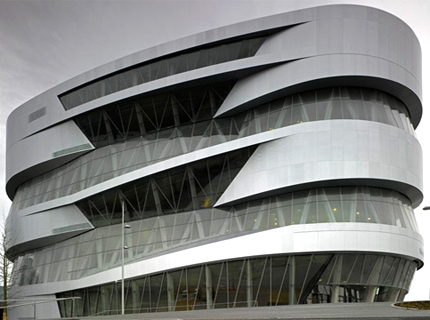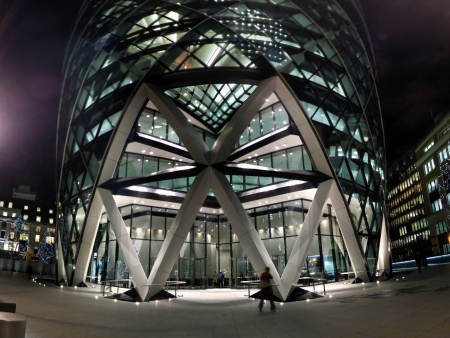The Department of Visualization at Texas A&M University mailed me the following call for applications as Master students. The program sounds very interesting to me and I would like to share it here with you:
"We are seeking qualified applicants for our well-regarded thesis-based Master of Science and our unique technology infused Master of Fine Arts programs in Visualization.
Twenty years after its founding, former students of our graduate Visualization program now constitute one of the largest groups in the animation, special effects and game industries. More than 200 of our former students are currently working in the animation and special effects industry, including PIXAR, ILM, DreamWorks, Electronic Arts, Blue Sky and Rhythm & Hues Studios.
If you know of students who have a strong interest in pursuing graduate work in the intersection of the artistic, scientific, and technical aspects of visualization, including fine art, electronic and digital media, and computer animation, please direct them to our website:
http://www.viz.tamu.edu. For full scholarship consideration, the early application deadline for Fall 2013 is December 15. The final application deadline is January 5."


